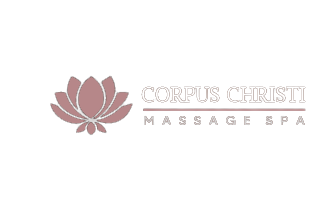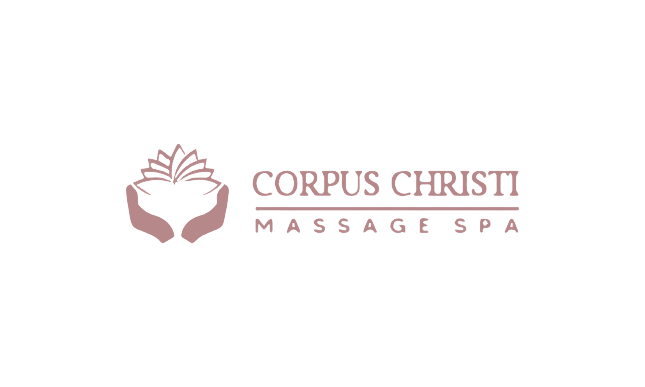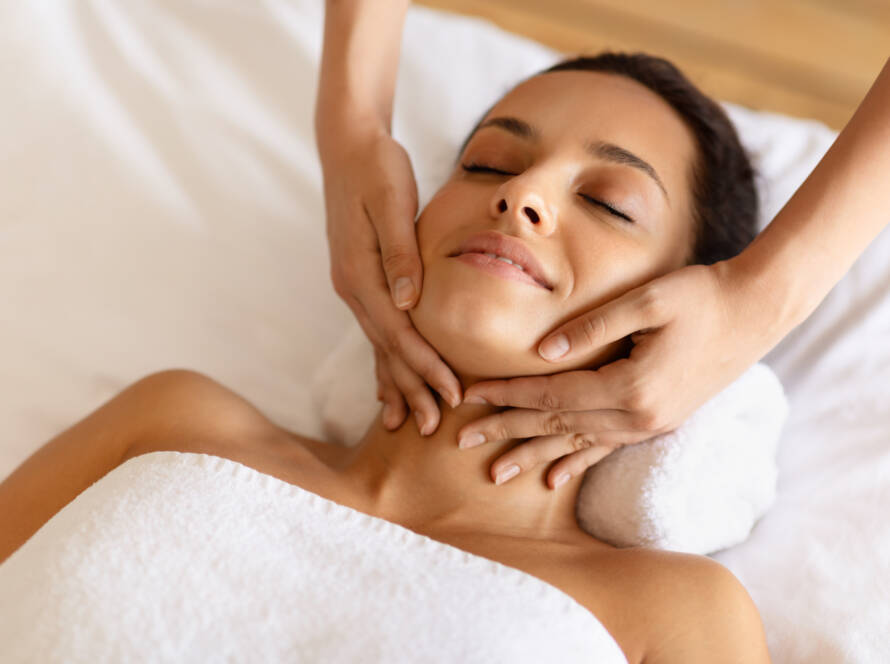Massage has many health advantages, from relieving stress to improving sleep and increasing circulation – but ultimately what matters is how it makes you feel. Start off your massage right by helping the person being massaged feel at ease; that means providing them with a soft space free from furniture where possible.
It’s a great way to relax
Massage involves manipulating skin and muscles by stroking, kneading, warming, rolling and pressing to relax, revitalize and heal the body. There are various kinds of massage available with each serving different purposes – soothing muscle pain; increasing energy levels or treating specific physical conditions being among them. There are many compelling arguments in favour of adding regular massage therapy sessions to one’s wellness regime, including improving sleep quality, relieving aches and pains and increasing relaxation. Furthermore, massage can also boost immune systems.
So much so, that it has become one of the cornerstones of many sports injury rehabilitation programs. Additionally, it has become part of many employers’ healthcare packages and is rapidly gaining recognition as an effective medical treatment. Studies demonstrate the efficacy of massage as an effective way to combat anxiety [Source]. It may help by stimulating your parasympathetic nervous response which focuses on activities which bring relaxation and restfulness, thus decreasing cortisol production while increasing serotonin and dopamine, known to balance moods.
After receiving a massage, the outcome may differ depending on its nature and individual requirements. Some techniques are especially relaxing; others will leave you feeling rejuvenated and revitalized. Notably, massage may provide an effective means of relaxation; however, it should never replace other treatment methods available to you, particularly if there are specific health concerns or underlying conditions at play.
While many of us know of the amazing benefits of massage, many still see it as an expensive luxury treatment – particularly at spa-like settings that charge exorbitant rates for short massage sessions using well-known brand products. But that doesn’t have to be the case! Massage can be affordable and worth investing in with its numerous advantages!
It’s good for your posture
As we spend hours sitting behind desks or lounging in front of the television at home, our necks and backs become stiff with poor posture. Massage therapy may help loosen tight muscles to promote relaxation in our bodies and aid the transition to healthier positions; however, one session won’t do it on its own; regular treatment and self care steps must also be taken in order to keep muscles from tightening again quickly. Deep tissue massage is one of the most common ways of improving posture, using deep pressure on soft tissues to ease muscular tension {DISC}. This type of massage therapy is frequently employed for muscle pain relief, back issues and various sports-related injuries.
Deep tissue massage can not only reduce muscle tightness, but it can also assist with improving the alignment of your spine by creating space between bones of the spine. This may reduce spinal curvatures such as scoliosis, kyphosis or lordosis but it may be difficult to completely reverse their curve if their effects are strong enough. Massage of this sort also promotes circulation, helping reduce swelling in joints and muscles in the neck and shoulders as well as stiffness in neck and back regions – thus leading to improved posture and healthier outcomes.
Postural analysis can also help improve posture when combined with massage therapy, by looking at various angles to detect areas that are out of balance and pinpoint any underlying issues that could potentially turn into pain and discomfort over time. Postural analysis combined with massage therapy is an effective means for correcting posture and preventing future discomfort.
It’s good for your heart
Massage may seem like an indulgence or luxury, but it can actually be an invaluable medical treatment plan component for conditions like heart failure. Massage has been shown to increase oxygen levels in the blood, decrease blood pressure and boost immunity as well as decrease heart rate. Massage can benefit your heart in multiple ways. First and foremost, massage helps relieve stress – one of the main risk factors associated with cardiac issues. Massage stimulates the parasympathetic nervous system – responsible for inducing relaxation response in your body (NIH) – which reduces cortisol production while simultaneously increasing neurotransmitters such as serotonin release for improved mood enhancement and sleeping better patterns.
Massage can also enhance circulation and stimulate the lymphatic system, flushing away toxins and waste material from your body and helping flush away build-up of fluid that leads to swelling of limbs or body cavities, known as edema – something which has an immediate impact on heart health. This benefit is particularly advantageous for those experiencing chronic congestive heart failure.
Massage techniques should always be avoided near the heart and arteries to avoid placing undue stress on them, however you can still receive a great therapeutic massage without adversely impacting them by employing wide sweeping strokes and gentle tapping techniques. Researchers discovered in their study that after just one 30-minute Swedish massage, blood pressure decreased and heart rate decreased significantly – this finding is significant as studies by the Centers for Disease Control and Prevention show that even 10 mg Hg reduction can reduce cardiac events by approximately 30%.
As a cardiac nurse, I understand the incredible therapeutic potential of massage to ease pressure off our most essential organ. But before scheduling one for yourself or someone you love with a pacemaker or ICD implanted, be sure to consult a specialist beforehand as some forms of deeper massage could damage their implanted device.
It’s good for your skin
Massage may once have been seen as an indulgence only available to the rich, but now it has quickly become one of the essential components of a holistic wellness program. Massage provides many health benefits including relieving stress, muscle soreness, anxiety and depression while simultaneously increasing circulation, flexibility and immunological functions. Your skin is your body’s largest organ and getting regular facial massages can do wonders to enhance it and add to its healthiness. That is why many women devote hours each week to receiving this form of therapy.
Facial massage increases blood flow to your face and rejuvenates it properly, as well as deflating puffiness, evening out skin tone and hydrating your complexion. Furthermore, lymphatic drainage occurs during this treatment as well as detoxifying pores on your skin. An increase in blood flow will cause facial muscles to relax, helping reduce wrinkles while also stimulating collagen production, an anti-ageing compound found both within bones and skin that will give more resilient and flexible skin.
Massage also stimulates fibroblasts to produce more collagen and other proteins essential for keeping skin firm and tight. Furthermore, massage may also reduce cellulite by encouraging release of toxins from tissue cells while decreasing swelling. Facial massage offers numerous health and beauty benefits, in addition to relieving tension. This can lead to better sleep – which has numerous health advantages for your skin! Poor rest can cause fine lines and wrinkles.
So whether you want a way to relax or simply younger-looking skin, add massage therapy sessions into your schedule for stunning results! You will be amazed at what can be accomplished.
